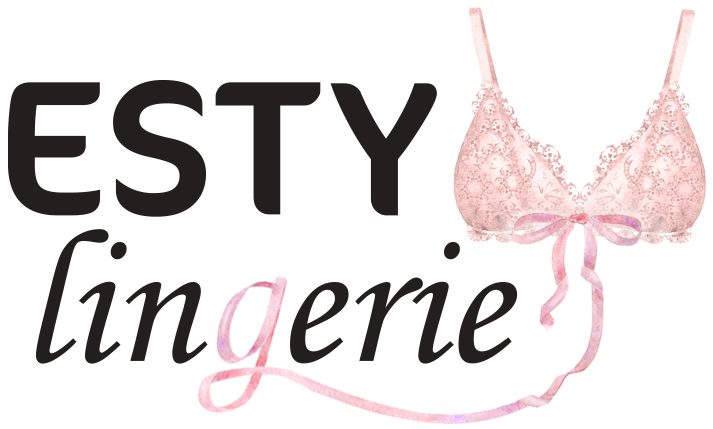Image via Tony Fischer Photography
It’s time for the second instalment of the ‘for Indie Lingerie Designers’ feature on the Lingerie Industry Experts column, and the theme today is all about choosing a marketplace. You’ve designed your collection and worked out which prices you’ll sell for, but now you need to decide where you’re going to make those sales. There are all sorts of places, both on- and offline, so here’s a guide to deciding which are best for you and your new lingerie brand…
Your Own Website
“Always have your own online space,” says Laura George, who coaches artisan business owners, “Even if it’s not your primary method of selling, you need to have a URL you own completely. This gives you a hub to reflect your branding (something you can’t always do on hosted shops like Etsy)… it looks very professional on a business card“.
Heather Joie, owner of Clothing With a Kiss, also agrees you should “have your own website. Have a good shopping cart that can track buyers [and] offer promos“, both functionalities that online marketplaces may not offer you.
Personally, I’d definitely recommend setting up your own website too. You can get your preferred domain name before someone else does, as buying it later may be expensive or impossible. However, as Laura also points out, your own website may not necessarily be your main point of sale. In fact, I’ve seen more than a few indie designers simply use their site as a branding tool, and link out to another site such as Etsy where products can actually be bought.
Specialist Handmade Websites
Handmade is big business, and there are plenty of thriving sites set up to help people just like you. “If you have more of a niche market, Etsy can be a great place to start” advises Christina DiPierro, founder of Italian lingerie brand Adea. Etsy may be the best-known of these online marketplaces for handmade goods, but there are plenty more – Folksy and Misi for example.
A third party site like this comes with one key benefit, which is that it already has a huge, ready-built audience. Right from day one, your product listings are likely to be seen by at least some people, even with no active promotion on your behalf. However, as Laura George explains, “Never assume a site will build your audience for you. Hosted shops like Etsy, ArtFire and BigCartel are unlikely to give you any media attention, much less enough to bring you all the customers you need to succeed. It’s up to you to market your business“.
Offline
If you’re anything like me, you’ll do 99% of your lingerie and clothing shopping online, but that doesn’t mean the internet is the only option you’ve got! You might want to try running a stall at a local market or craft fair, or make an appointment with local lingerie boutiques to show them your line.
Speaking of retailer, “If your product is more tailored for a mass audience consider launching at a trade show” says Christina, which is the perfect place to sell wholesale. However, do expect to pay at least a few hundred pounds for your stall space.
So, How Do You Choose?
Now you know your options, how do you go about picking the right one or ones for your lingerie brand? “Carefully analyse your product line, price points and who you anticipate your customers will be” recommends Christina, since different target markets will do their shopping in different places; retailers versus individual customers, or handmade-enthusiasts willing to pay out for ethically-produced goods versus straightforward bargain-hunters, who you might find you can sell to on non-specialist platforms like eBay and Amazon, if your prices are suitable.
Above all though, if you’re starting out don’t be afraid to experiment! “If the quality and style is there people will pay. If they don’t want, move your product to a market where it will flourish and fit in!” says Ashlee Coln of Cheeky Aprons. Try various platforms and keep an eye on where you make the most sales and the best return on what you spend, for example in web-hosting, Etsy fees or the cost of a tradeshow stand or market stall. If you want to make a profit, be ruthless – if one marketplace isn’t working out for you, drop it and focus your efforts on those that do.
I hope you’ve found this useful, and if you can think of any marketplaces for lingerie designers that didn’t get mentioned please let me know!
If you’re an indie lingerie designer, where do you sell your goods and why?



0 comment
For me, the hardest part of my job!
Right now I’m redefining formulas and strategies that best benefits for customers and me. I had to resort to experts in numbers, because that is definitely not my thing. Really hard!
Thanks for your help. It’s a great blog!
In\E9s Perpi\F1\E1
Hand made lingerie.
Nice blog! Pricing is always a tricky situation so it’s great to have people like you giving us a little help, thank you!
Ellen Bowman
Pimp my Pants
Thanks In\E9s – another brand I LOVE! 🙂
I’m glad it could help.
Thanks Ellen – love your brand! Keep an eye out for the next two Lingerie Industry Experts articles for more tips aimed at indie designers 🙂